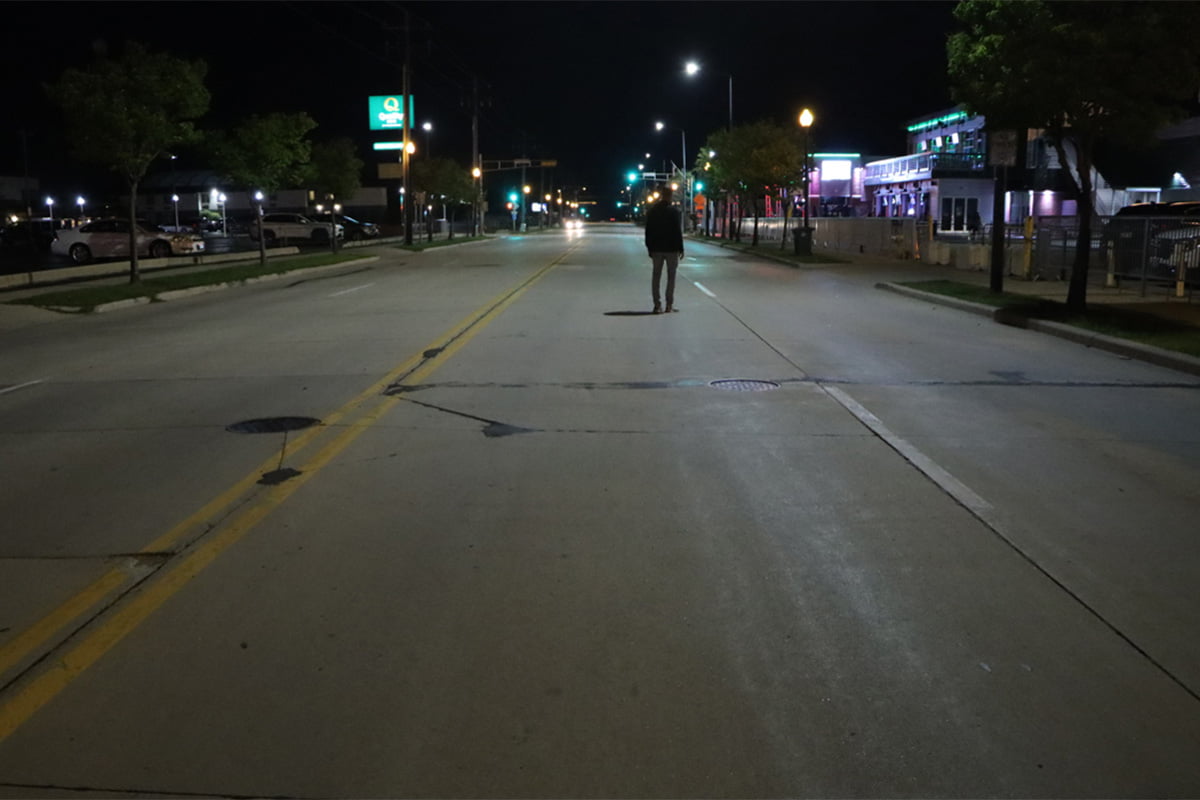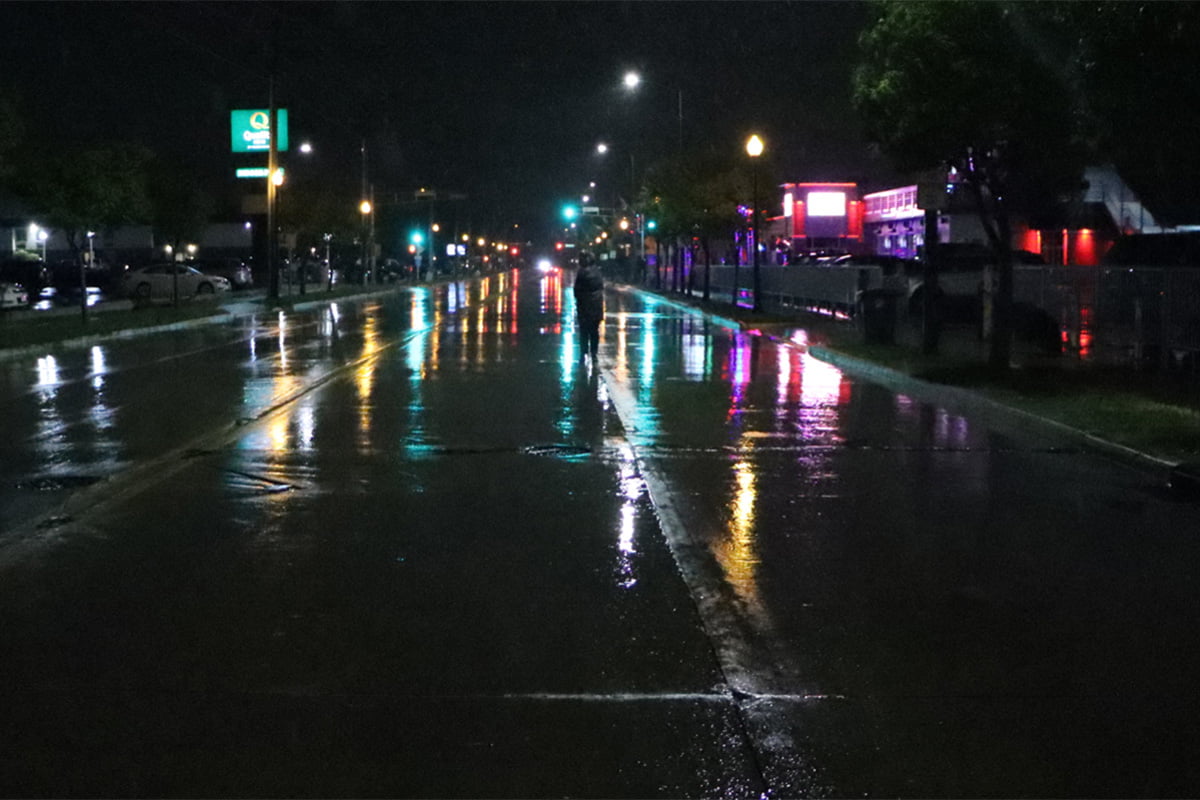Vision is the most important, yet least appreciated, aspect of vehicle operation. It is an involuntary sensory component. An untrained investigator often makes assumptions as to what could or could not have been seen from a perspective that fails to recreate the exact circumstances faced by an operator. Understanding this investigative process is the key to answering these questions.
Great Lakes Forensic Experts principal, Daniel Billington, has been recognized as an expert in visibility related matters throughout the United States and in Europe. He has provided opinions related to visibility specific to human factors, conspicuity, illumination, glare, positive and negative contrast determinations, retro-reflectivity, perception and response time, detection, and looming.
If you have a collision or other incident where a participant claims not to have seen something, or where there is an allegation that something was seen which seems suspicious, you need to have a proper forensic visibility analysis conducted by a qualified expert. Don’t wait, call us today!
Lighting conditions can greatly affect a driver’s ability to perceive their surroundings and make informed decisions. Factors such as glare from headlights and other light sources, nighttime illumination, luminance, and related artificial sources of light can significantly impact a driver’s vision.
Drivers must detect various cues and hazards while driving, such as other vehicles, pedestrians, traffic signs, and changing road conditions. The speed and accuracy of their perception and reaction is directly related to the conspicuity/detectability of objects of interest. This aspect of human factors may significantly impact an operator’s ability to avoid a collision.
Time plays a significant role in the cause of vehicle collisions. A quick and appropriate response by a driver may prevent a collision or reduce its severity, while delayed reactions might contribute to the occurrence of a collision.
Our ability to see within an environment can be severely impacted by weather conditions. Rain can cause surfaces to become highly reflective and heavily impair the visibility of the driver as opposed to the same environment during dry conditions. This can make different objects difficult to decern for drivers. Objects on the road can appear almost entirely obscured just by the reflections of the road, essentially hiding in plain sight.
These factors can lead to reduced stopping times, or even a complete lack of detection, and thus, a significantly higher chance of a contributing to a collision.


In Collision Investigation
Human factors in vehicle collisions are essential elements to consider when examining their cause(s). These factors revolve around the behavior, decisions, and the cognitive abilities of drivers. Understanding human factors is critical for developing strategies to reduce incidents such as vehicle collisions and enhance road safety.
SERVICES
QUick ACCESS
Would you like to chat?